The work of mine is both extensive and intensive. This needed the guidance, help and co-operation of a number of individuals and organisations, but for whose guidance, help and cooperation the study would not have been, as was cherished. I am extremely grateful to Dr. Ramakant Parida, Ex Reader in Parija Post Graduate Department of Botany, Ravenshaw University, Cuttack who has undertaken the trouble of guiding me for the research in the field (forests), a painful and stupendous task, especially for a person with numerous busy and important engagements. That speaks volumes of his love for the subject.
I owe my deep sense of thanks and gratitude to my friend Dr. Mihir Kumar Jena working with an NGO Foundation for Ecological Security (FES) in Koraput, Senior Consultant of SCSTRTI, Govt. of Odisha who informally acted as the co-guide for the research. That also speaks volumes of his love. His knowledge and experience on ethnobotanical studies in Odisha, I would say, set the premise and universe of methodical enquiry into the domain of indigenous knowledge in relation to biodiversity conservation and management.
I am greatly beholden at sympathetic gestures of Prof. Dr. A. B. Ota, renowned Professor in Anthropology and Director, SCSTRTI, Bhubaneswar for his guidance on the anthropological enquiries and field methodology for carrying out this field research. His occasional queries on progress of my research and the conceptual clarifications on anthropological aspects helped me in shaping the context and content of this presentation.
I am grateful to Dr. Prasad Dash, working with State Biodiversity Board, Bhubaneswar and Sri Arunanjan Dash, of the Botany Department of Ravenshaw University, Dr. Padma Paul, Dr. Bijaylaxmi Satpathy, Dr. Puspamala Pattnaik of S.B Womens College, Cuttack for their unstinted help in the identification of flora, organizing my herbarea, collection of secondary sources of information, and above all in contributing to the bibliography. I am equally grateful to Dr. Pratyush Mohapatra working with WWF India for his guidance on research on Protected Area biodiversity.
Grateful I am to Prof. Dr. P.K Jena, Head of Department of Botany, Ravenshaw University, for permitting me to use the Kanika library and the Botany departmental library respectively which enabled me to unravel the ancient documents. I am very much indebted on their institutional help.
Sri Himansu Mohapatra, Special Officer, Chuktia Bhunjia Development Agency (CBDA), Sunabeda, Project Administrator, Integrated Tribal Development Agency (ITDA), Nuapada, Sri Ramesh Behera, Project Administrator, Integrated Tribal Development Agency (ITDA), Thuamul Rampur, will be gratefully remembered by me for their help in field study.
I fondly remember the fraternal help of a number of NGOs like Seba Jagat and Chetana Organic at Kalahandi, Human Development Foundation at Nuapada, JKSS, Vasundhara, and many other local NGOs with whose help rapport building with tribals became easier. I am thankful to the organisations and their members. I am particularly thankful to Mr. G.S. Rao of Chetana Organic, Debjeet Sarangi of Living Farms, Satyanarayan Patnaik of Seba Jagat, Tajaraj Patel of Nuapada Sangharsh Samiti, Sudam Pujari of Golamunda NTFP primary cooperative, for their unstinted cooperation and support in conducting my field works.
I am thankful to authorities of Nicholson Forest Rangers’ Training School, Angul, National Library, Calcutta, Orissa State Museum Library, Bhubaneswar, Parija Library, Utkal University Kanika Library, Ravenshaw College, Library of SC & ST Research cum -Training Institute, Library of the Universe, for giving me permission and providing me the facilities to use their library but for which, the thesis would have been poorer.
I will be ever remembering the valuable help, the words of encouragement at hours of despair, sharing of joys and sorrow with unstinted love of my dear friends and colleagues at N.C Autonomous College, Jajpur Dr. Kamakhya Sahoo, Dr. Santosh Sethy, Sri Laxmikanta Nayak , Sri Manoj Mohapatra, Dr. Madhusudan Ojha and Dr. Bishnu Charan Sahu. A word more for Mr. Ranjan Mohapatra, Lecturer in Zoology, Gourav College, Bhubaneswar , Mr. P. B Mohanty, Reader in P.N. Autonomous College, Khurda & Dr.Lipika Maharana, Arogyam, Cuttack who were constant source of inspiration and cooperation during compilation of data and preparation of the book.
I am grateful to the Dept. of Higher Education, Government of Odisha for allowing me leave for a year since 2012 to 2014 without which the rigorous field studies would not have been possible. The study leave, in matter of fact, allowed me time and concentration for data collection, cross checking and validation in the field.
I am simply sold out to my wife Smt. Sujata Mohapatra, Principal, DU PUBLIC SCHOOL, Chandikhol Chhak, Sunguda, Jajpur for marketing her suggestions, co-operation in improving the standard of the first draft of the book in addition to her periodic brain washes that has kept up my spirits to successfully complete the final phase of this work – the presentation. I am grateful for her help both quantitative and qualitative.
I am thankful to Sri Ashok Kumar Sahoo, TECH AASHOK, Bhartia Tower, Cuttack for their help in typing, copying and correcting the drafts with dedication and perseverance.
A war is fought and won by a team, many of who remain unknown. Without these unknown soldiers, the war could not have been won. Hence a candle is always lighted and homage paid to unknown soldiers.
There were many tribal friends who loved me, cared for me, guided me, acted as my source of information, taught me the language, and accepted me as one of them. Dew drops fell over me and as I write these lines tears fall like dew drops on their memories. Their names have been erased from my memory as individuals, but collectively they will ever remain fresh as the beautiful enchanting stars in the skies in the virgin forest, lovely, dark and deep.

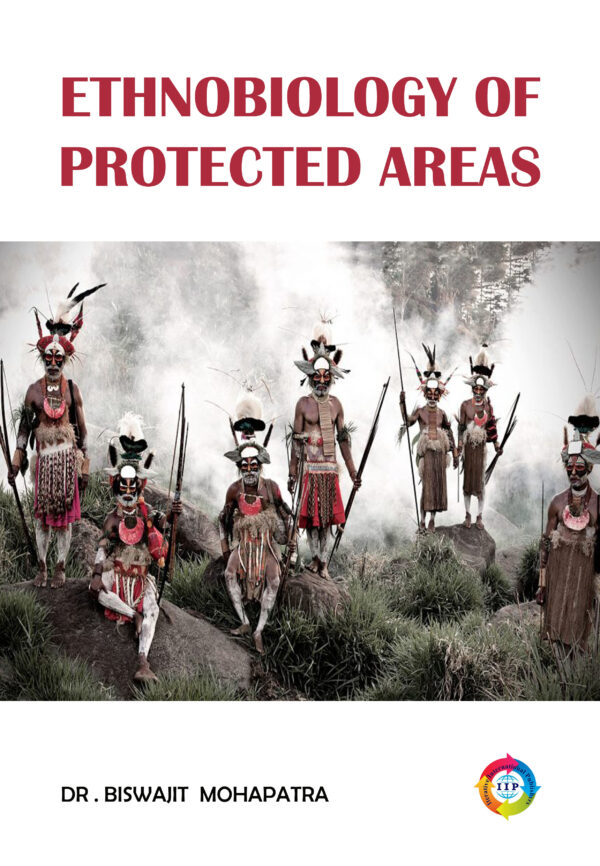
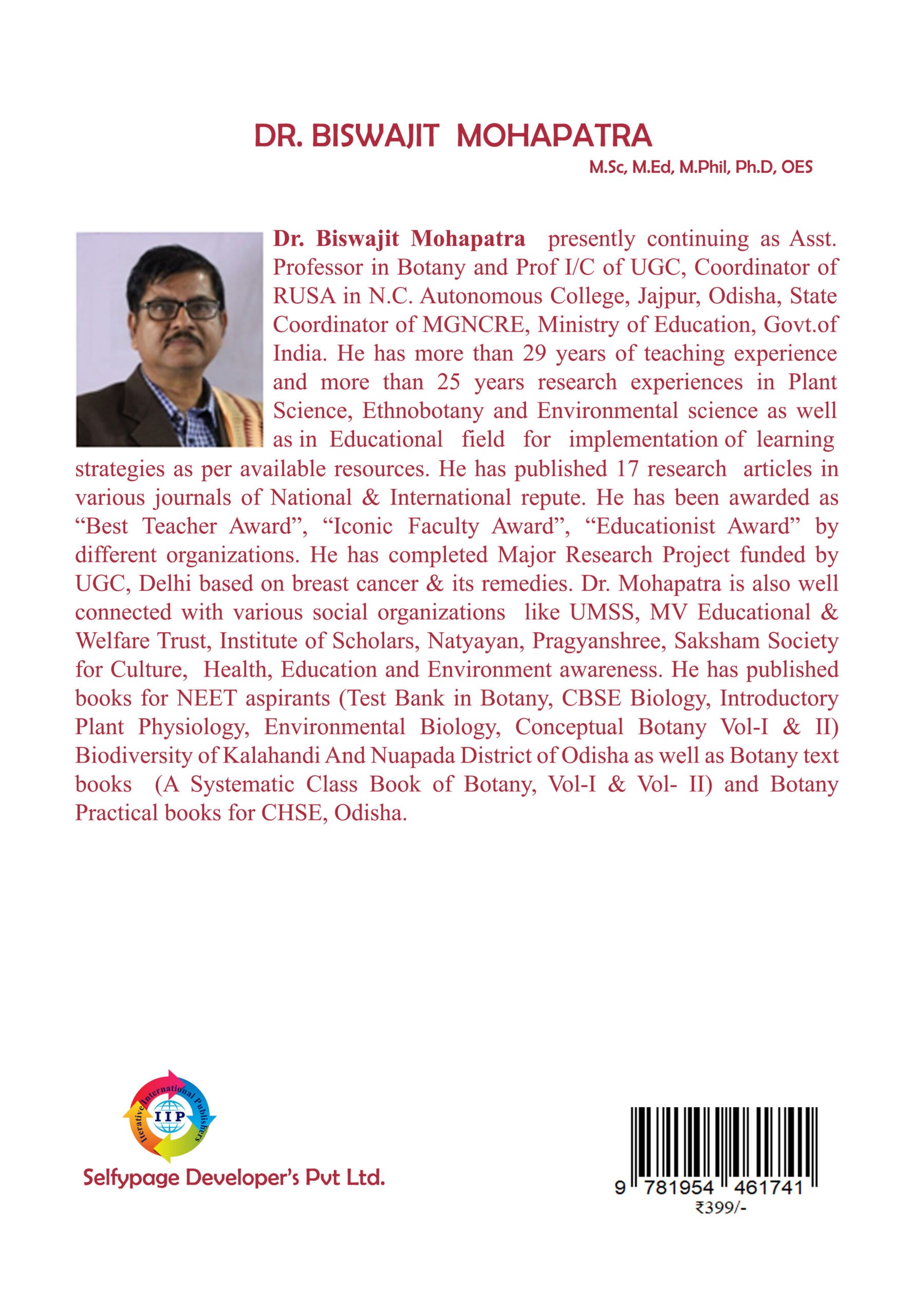
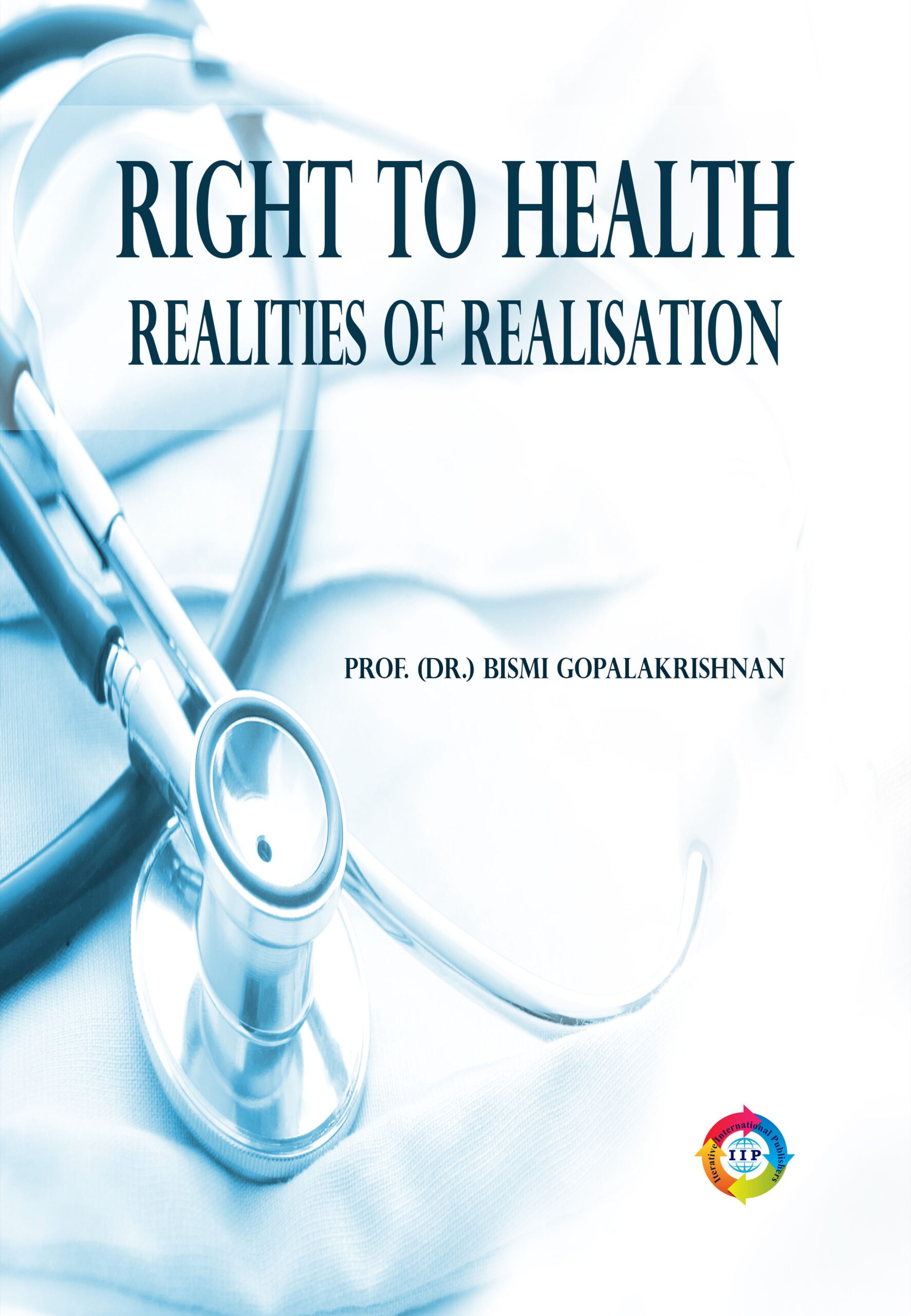
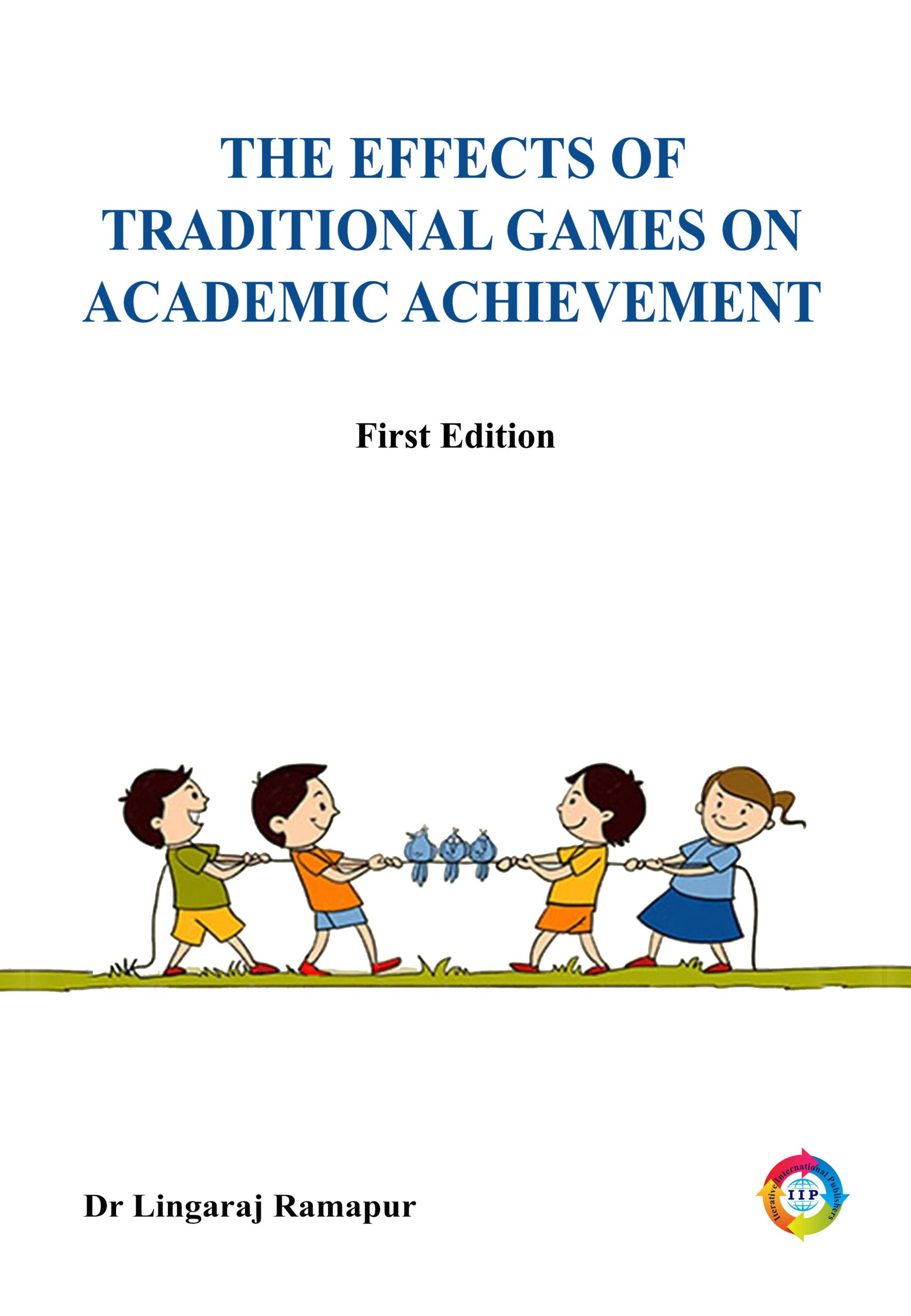
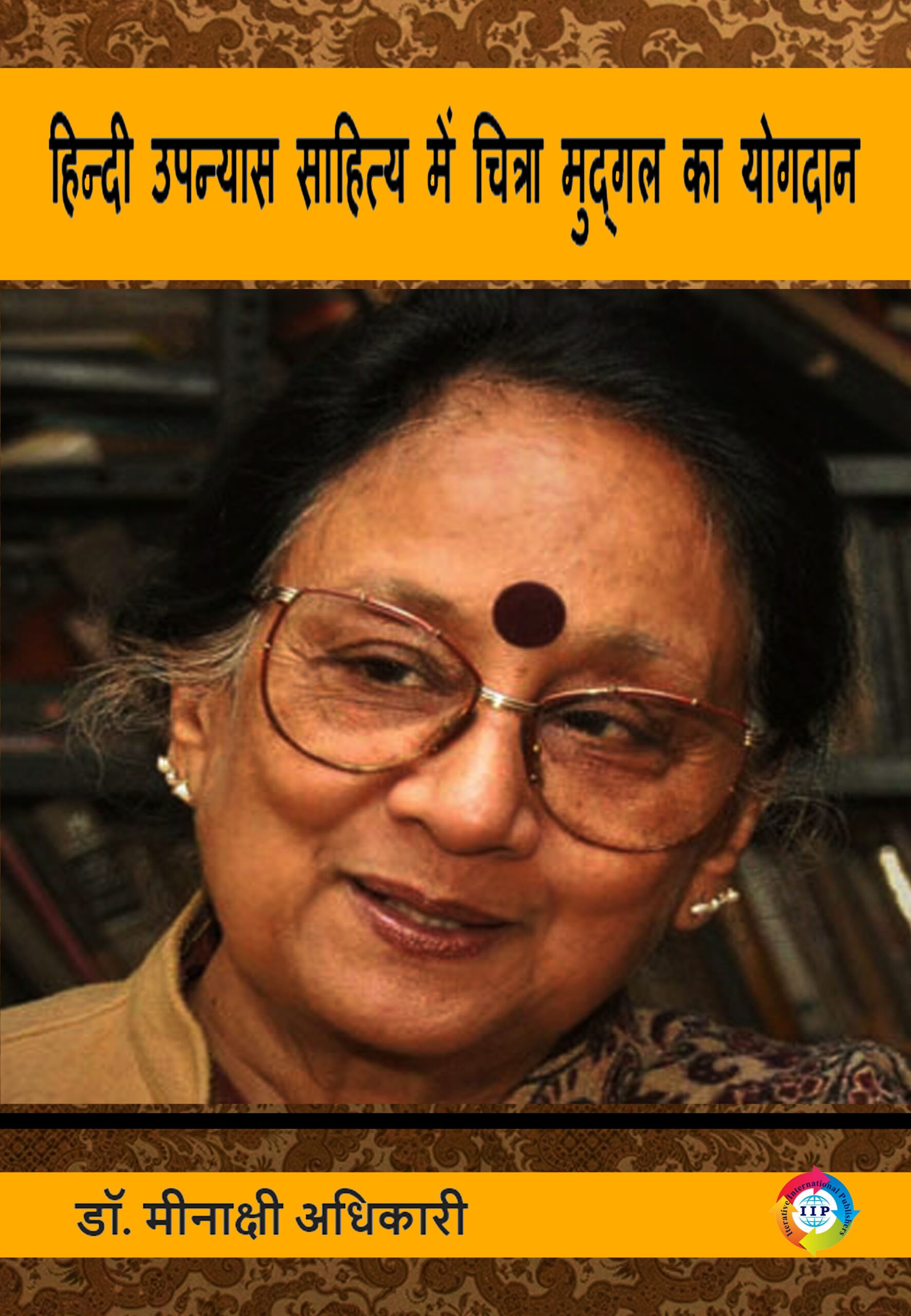
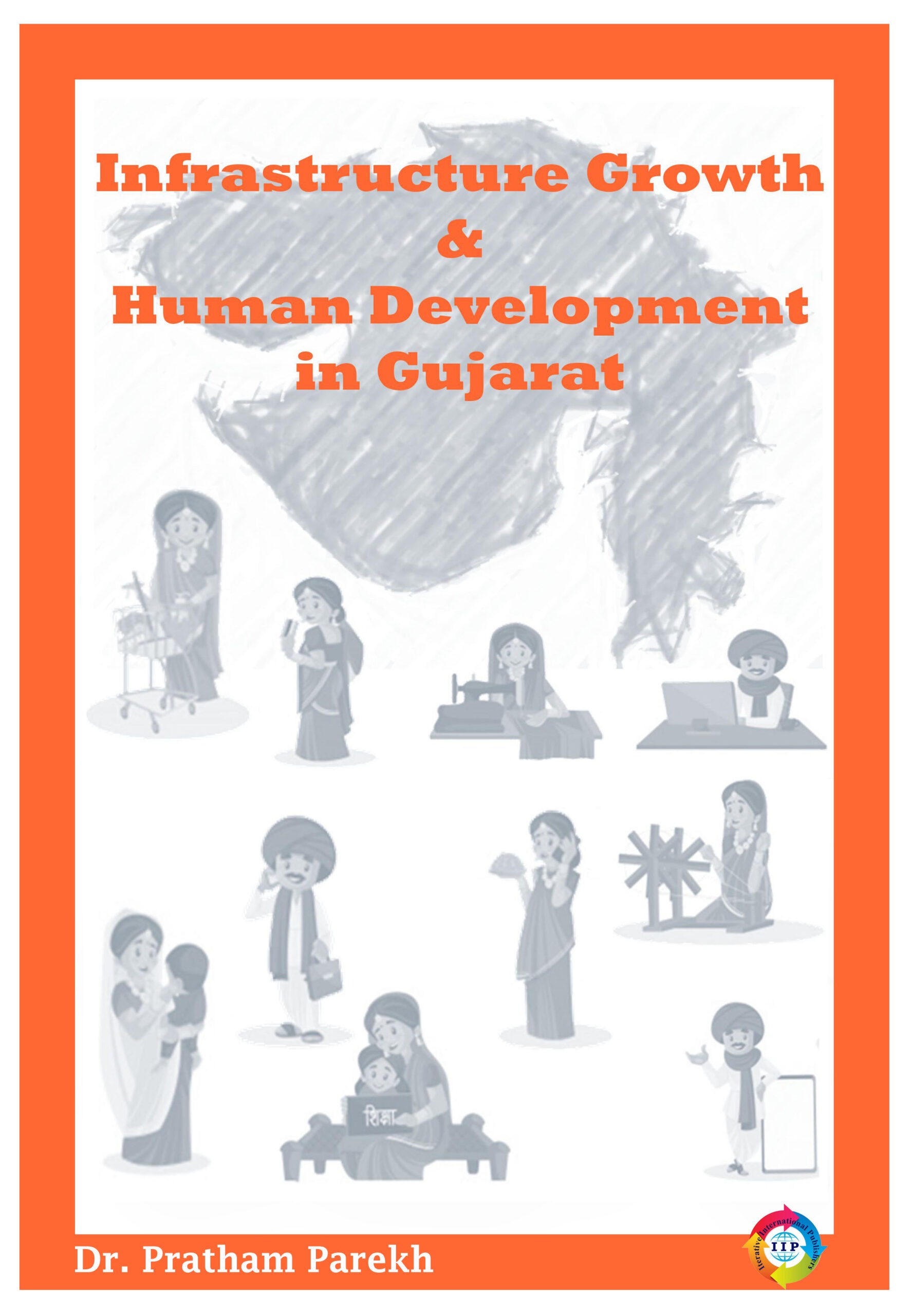
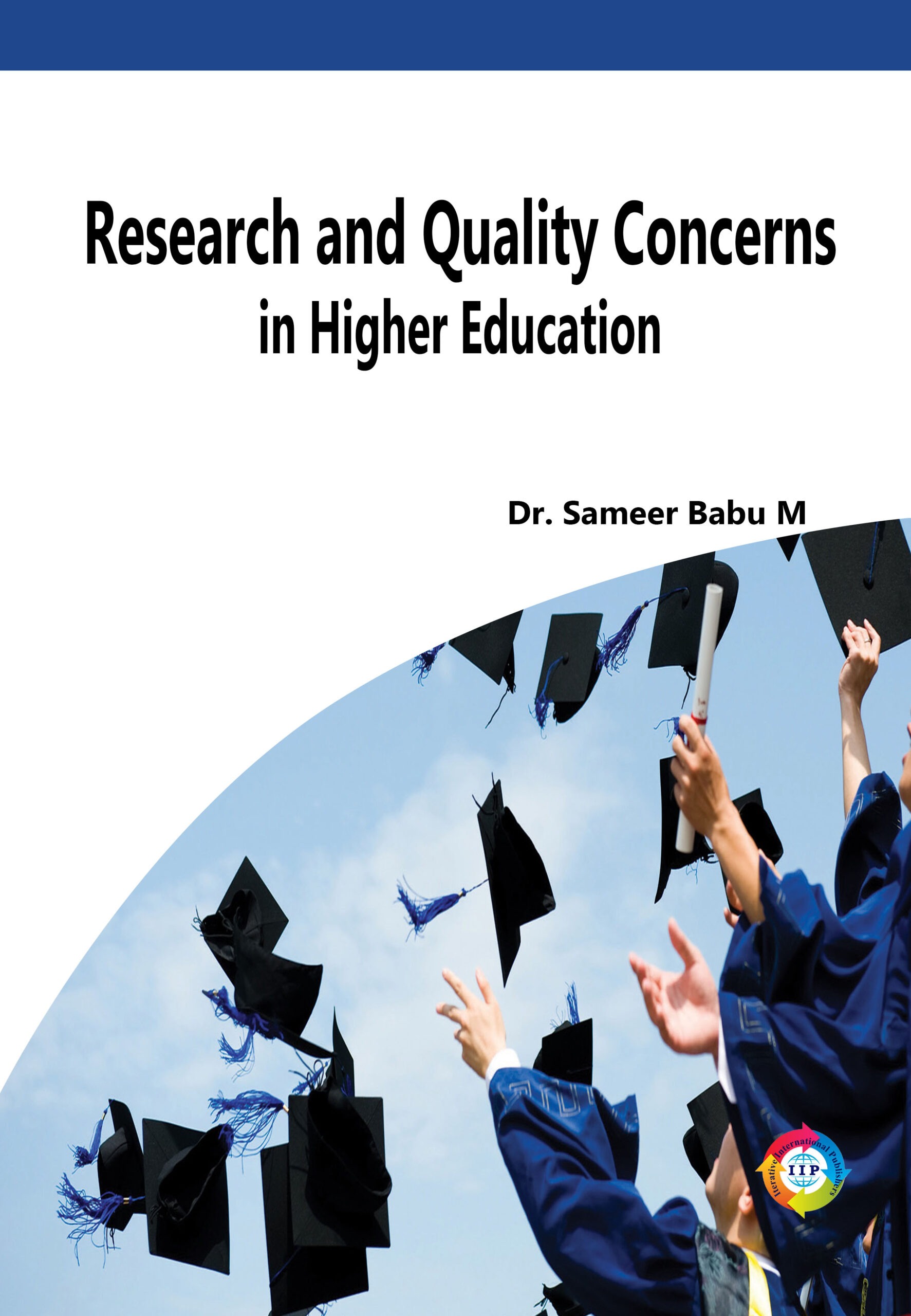
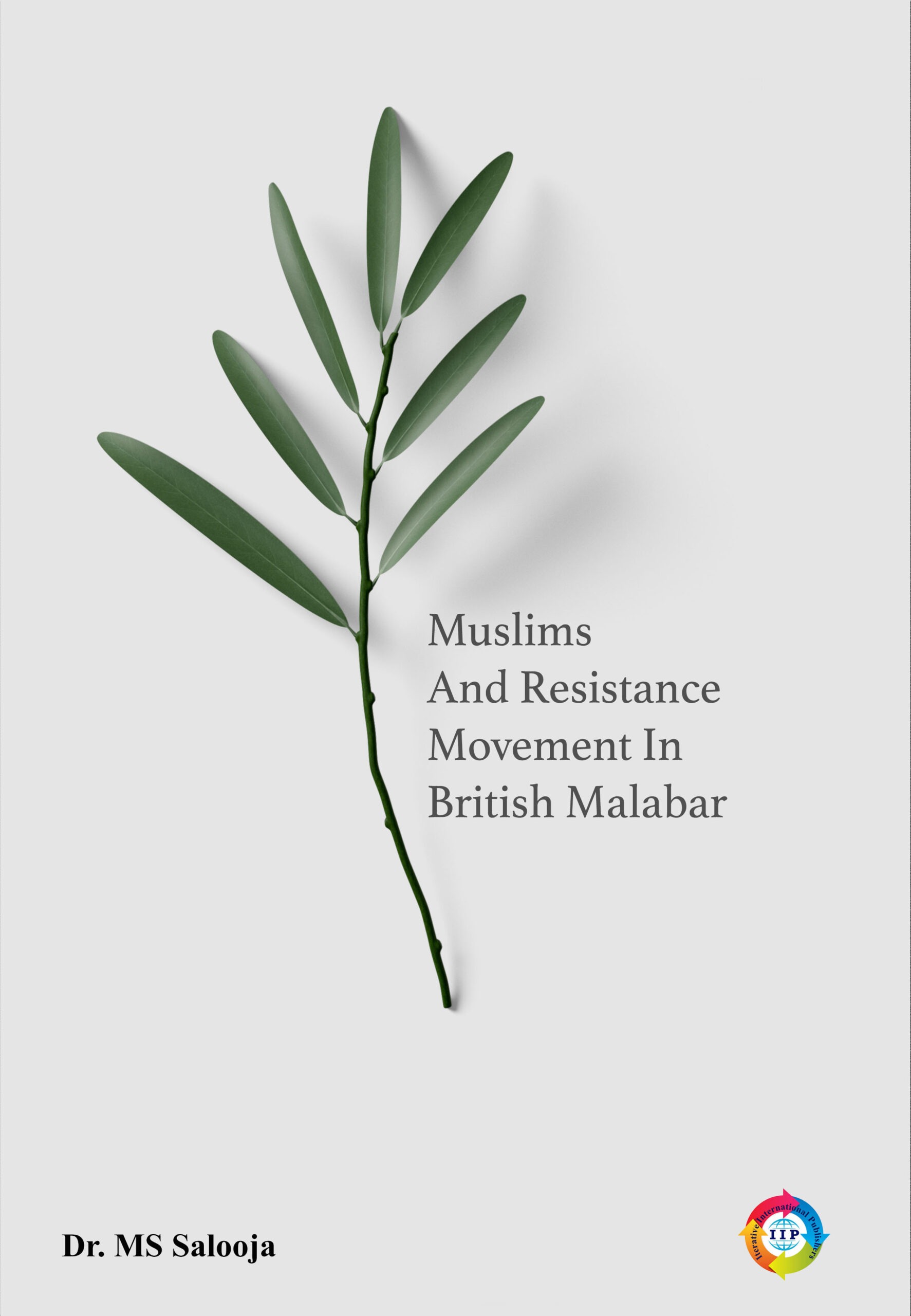
Reviews
There are no reviews yet.